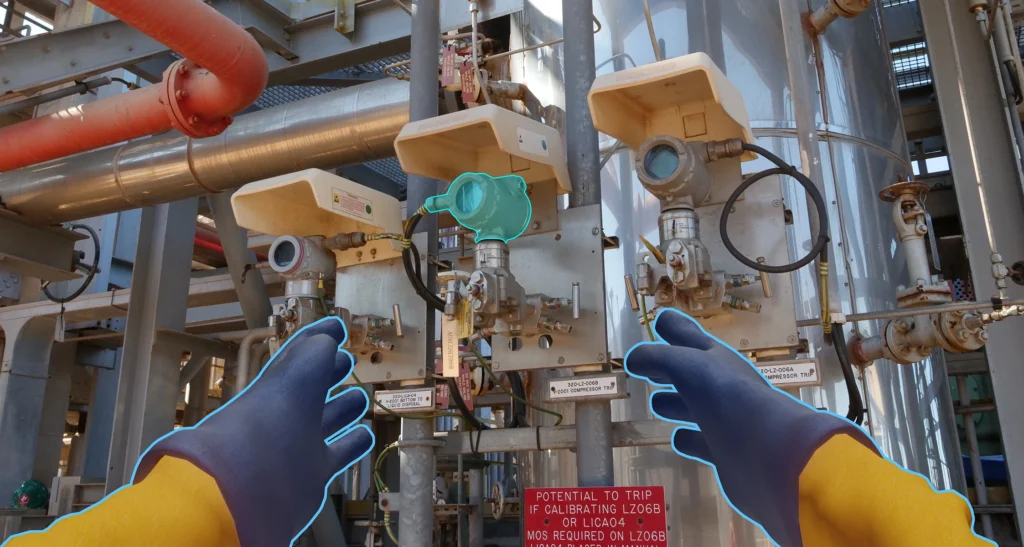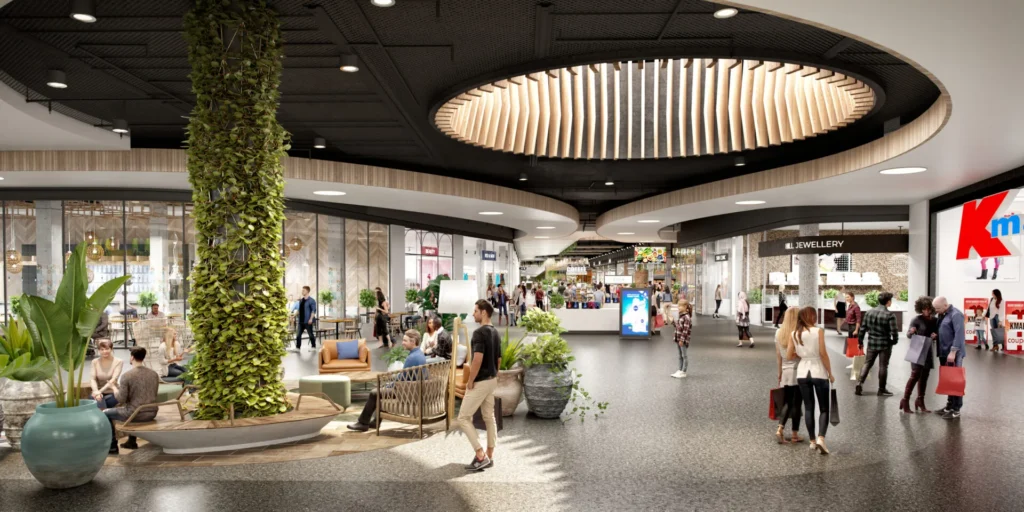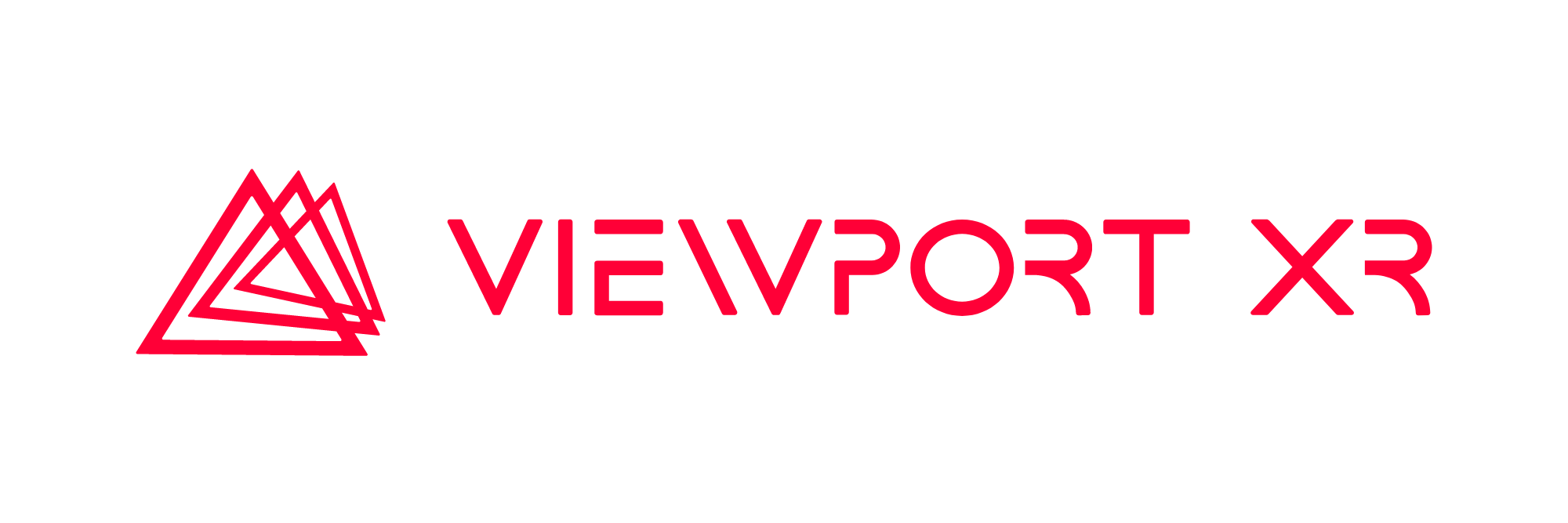Construction safety is one of the clearest use-cases for AR and VR. AR can be used to provide safer working environments by contributing to hazard identification, safety inspection; and VR can support safety education.
Science Direct
AR & VR in Construction
“AR has the potential to significantly improve the ability to identify what has been built and what is missing in a quick and understandable manner. This is very important as early detection of schedule delays is critical to ensure timely delivery.”
Science Direct
Virtual Reality for Construction Support

Augmented Reality for Construction Support
Supporting construction workers on the ground, augmented reality will streamline tasks by easily specifying what tools to use, where and how to use them. Efficiency has never been so simply obtained than with immersive technology.
Construction Safety
VR safety training reduces training overheads and eliminates potential for injury.
No more maintenance costs, or logistical effort.
No more expensive (or otherwise inaccessible) equipment required to train on.
You can now train employees on any equipment or process imaginable in the safety of a controlled environment, and have rock solid evidence (and performance data) of each employee completing their training.
Beyond this, you can leverage the data gathered, to optimise further site improvements and streamlining real world processes.
As part of a VR training simulation built for Alcoa, Viewport created digital twins of the substations, inclusive of all relevant tools, equipment and PPE. We then integrated our art assets with our software development pipeline, and replicated the work process in VR.
Our team used precise hand tracking technology on the Oculus Quest 2, and built multiple options and scenarios for personnel to train on. This allowed personnel to train in extremely hazardous scenarios before they stepped foot on site.
According to a 2018 study by the University of Maryland, XR (extended reality) training is more effective in recall accuracy than traditional desktop CBT (computer-based training). With a median recall accuracy percentage of 90.48 percent for immersive HMDs – head-mounted (extended reality) displays – compared to desktop display’s 78.57 percent, the long-awaited study has further validated the efficacy of virtual reality training as a learning tool over traditional e-learning methods.
Of course, you want your learners to be grade A students, and not get stuck back in the C’s.
Computer Generated Imagery / Animation for the Construction Industry

CGI is the art of utilising computer software to create strikingly precise and beautiful imagery.
CGI Animations can help to outline a project. Providing exactly what the engineers designed and the construction team will deliver. By Integrating animations into every step of the process – you can facilitate clear and concise communication of how a project should be handled. These visions of the finished product further serve to build confidence with stakeholders and build credibility for your brand.
Augmented Reality for Construction Industry
Augmented reality is one of the most obvious services we provide for the construction industry, as it is a mix of real world and virtual reality components. Aiding in time management, scheduling, quality management, and data acquisition, augmented reality is a no brainer for most. Creating a semi virtual reality where you can see the before and potential after of a project is essential to streamlining the workflow
Viewport designs custom applications to suit your business, slipping right into your workflow with ease.
